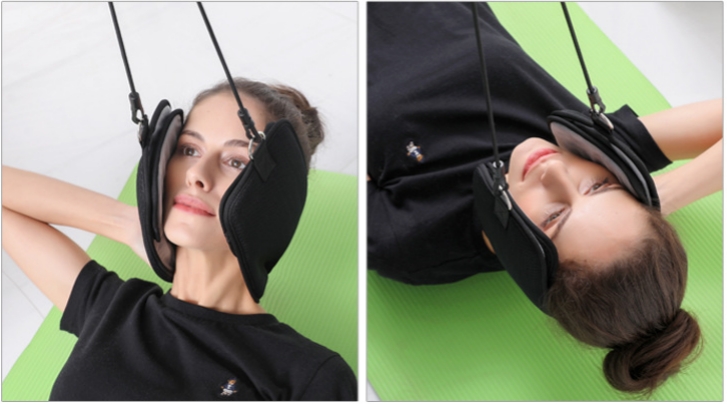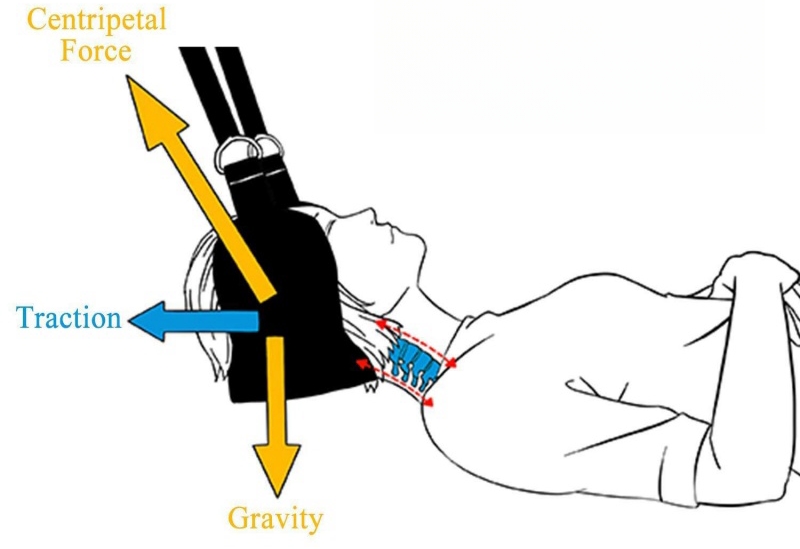Dr. Clara Hamilton
Dr. Clara Hamilton, based in Vancouver, Canada, is a dedicated wellness advocate with a deep passion for holistic health. Clara frequently emphasizes the importance of proper hydration, often reviewing products like smart water bottles and infusion water bottles to ensure her readers get the best. Her recent series on the benefits of warm beverages highlighted the utility of the coffee warmer coaster. Beyond hydration, Clara explores various relaxation techniques, recently introducing her readers to the therapeutic benefits of the neck hammock for spinal health. Through her blog, she offers a blend of traditional wisdom and modern insights, guiding readers towards a balanced and healthy lifestyle.











